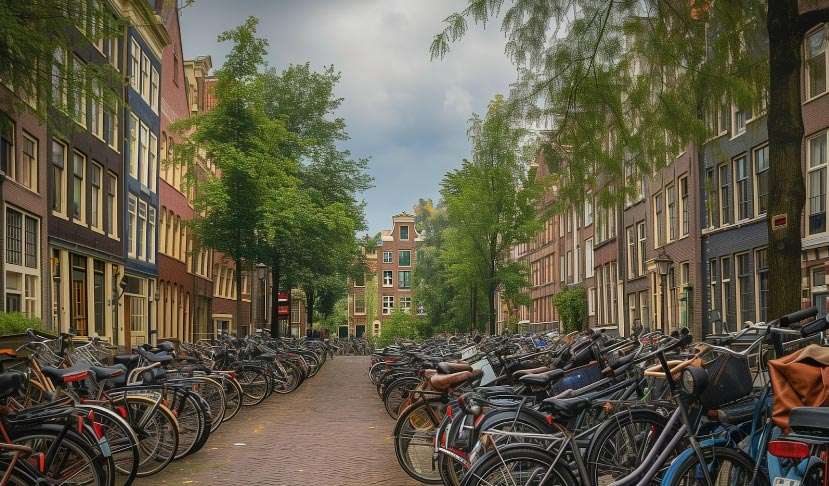
Car-free zones in city centers are gaining popularity as urban planners and city governments strive to reduce congestion, improve air quality, and enhance the quality of life for residents and visitors. These designated areas, where vehicle access is restricted, offer a multitude of benefits that contribute to the sustainability and livability of urban environments.
Reduced Traffic Congestion
One of the most immediate benefits of implementing car-free zones is the significant reduction in traffic congestion. With fewer vehicles on the roads, public spaces become less cluttered, allowing for smoother flow of pedestrian and non-motorized traffic. This decrease in congestion also contributes to a more efficient public transit system, as buses and trams can operate more reliably without delays caused by heavy traffic.
Improved Air Quality
Vehicles are major contributors to urban air pollution, emitting significant amounts of nitrogen oxides, particulate matter, and other pollutants that are harmful to human health. By establishing car-free zones, cities can dramatically reduce the number of vehicles in densely populated areas, directly decreasing air pollution levels. This improvement in air quality can lead to better respiratory health among the urban population and contribute to lower healthcare costs related to air pollution-related diseases.
Enhanced Public Spaces
Car-free zones open up urban spaces for better use by the public. Streets once dominated by cars can be transformed into vibrant public spaces with cafes, playgrounds, green areas, and cultural activities. These enhancements not only improve the aesthetic appeal of the city center but also foster a sense of community and belonging among residents. Public spaces become places where people gather, socialize, and participate in community life, enhancing the social fabric of the city.
Boost to Local Economy
Retailers and local businesses often see a boost from the establishment of car-free zones. With more pedestrians passing by shops and fewer cars to block storefront views, shopping becomes more accessible and enjoyable. This pedestrian-friendly environment encourages people to spend more time and money in local businesses. Additionally, the unique appeal of car-free areas can attract tourists looking for a safe and pleasant environment, further boosting local commerce.
Promotion of Healthier Lifestyles
With cars out of the picture, people are more inclined to walk, cycle, or use other forms of non-motorized transport, leading to more active lifestyles. This shift not only helps reduce health problems associated with sedentary living but also promotes mental health by reducing the stress associated with traffic congestion and noise. Moreover, the availability of safe and accessible pedestrian routes encourages more people to incorporate walking and cycling into their daily routines.
Reduction in Noise Pollution
The absence of vehicles in city centers leads to a substantial reduction in noise pollution, a common problem in urban areas that can cause a range of health issues, from hearing loss to cardiovascular diseases. The quieter, more serene environment of car-free zones makes urban living more pleasant and can increase property values due to the enhanced quality of life.
Positive Environmental Impact
Car-free zones contribute to the overall reduction of a city’s carbon footprint. Fewer vehicles mean lower carbon dioxide emissions, which is crucial in the fight against climate change. Additionally, these zones encourage the development and expansion of green spaces, which can act as carbon sinks and further decrease the urban heat island effect commonly found in city centers.
Challenges and Considerations
While the benefits are substantial, the transition to car-free zones requires careful planning to address challenges such as accessibility for emergency vehicles and the needs of residents who may rely on cars for mobility. Effective communication and engagement with the community are essential to address concerns and ensure that the transition benefits the majority of residents and stakeholders.